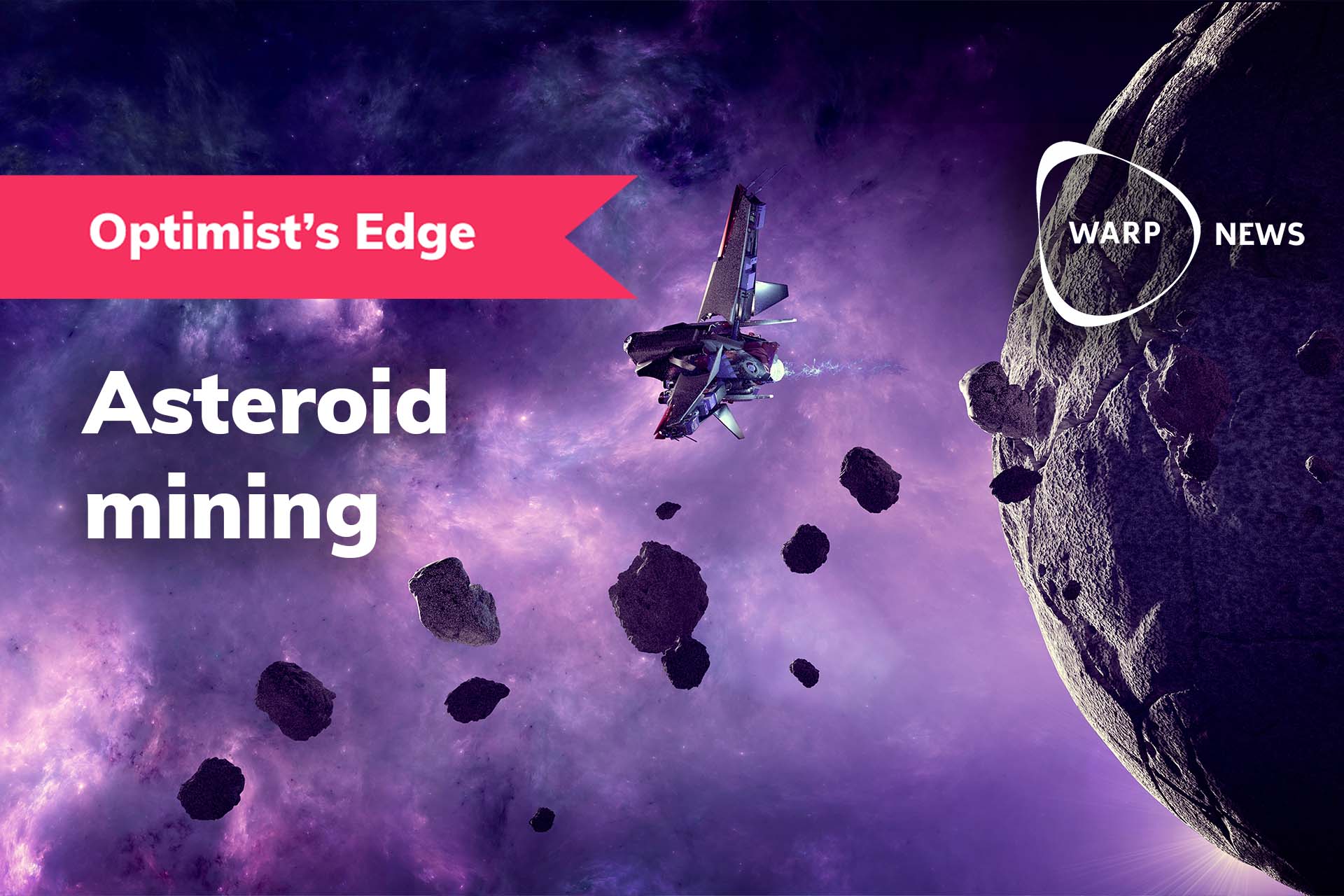
💡 Optimist's Edge: In space we have all the minerals we need
The Earth's resources are limited. But not far away from our planet, there is an abundance. Asteroid mining is becoming increasingly feasible – in this article, you get an Edge on what lies ahead.
Share this story!
Summary
📉 What people think
Science fiction. That's what most people think asteroid mining is, and always will be. A few might think it lies in the far future, and even fewer that the minerals found on asteroids will then mainly be used on Earth.
📈 Here are the facts
Asteroid mining is becoming increasingly feasible. In 2020, a sample collected from the asteroid Ryugu by the Hayabusa2 spacecraft landed back on Earth. Even though the sample was tiny, it was a proof of concept that shook the space industry. Near Earth Asteroids, NEAs, contains an abundance of valuable resources, and they are within our grasp.
💡 Optimist's Edge
The concept of asteroid mining is in its infancy. The possibilities, and potential profits, are so immense that learning and investing very early could mean a huge advantage. A Goldman Sachs research note put it: “a single asteroid the size of a football field could contain $25B to $50B worth of platinum.”
Asteroid mining carries environmental benefits, as it could alleviate the depletion of Earth’s own natural resources. It can also provide a home for a range of heavy industrial processes and robot-enabled manufacturing, and lastly, the water on asteroids could serve to re-supply long-distance space flights.
👇 How to get Optimist's Edge
It's early and more research is needed. The first thing to do is therefore to support research. Organizations like the Planetary Society or Space Ventures Investors welcome donations to support multiple projects related to space, including asteroids.
You can also invest in companies directly. For instance, the Asteroid Mining Corporation accepts investment from privateers.
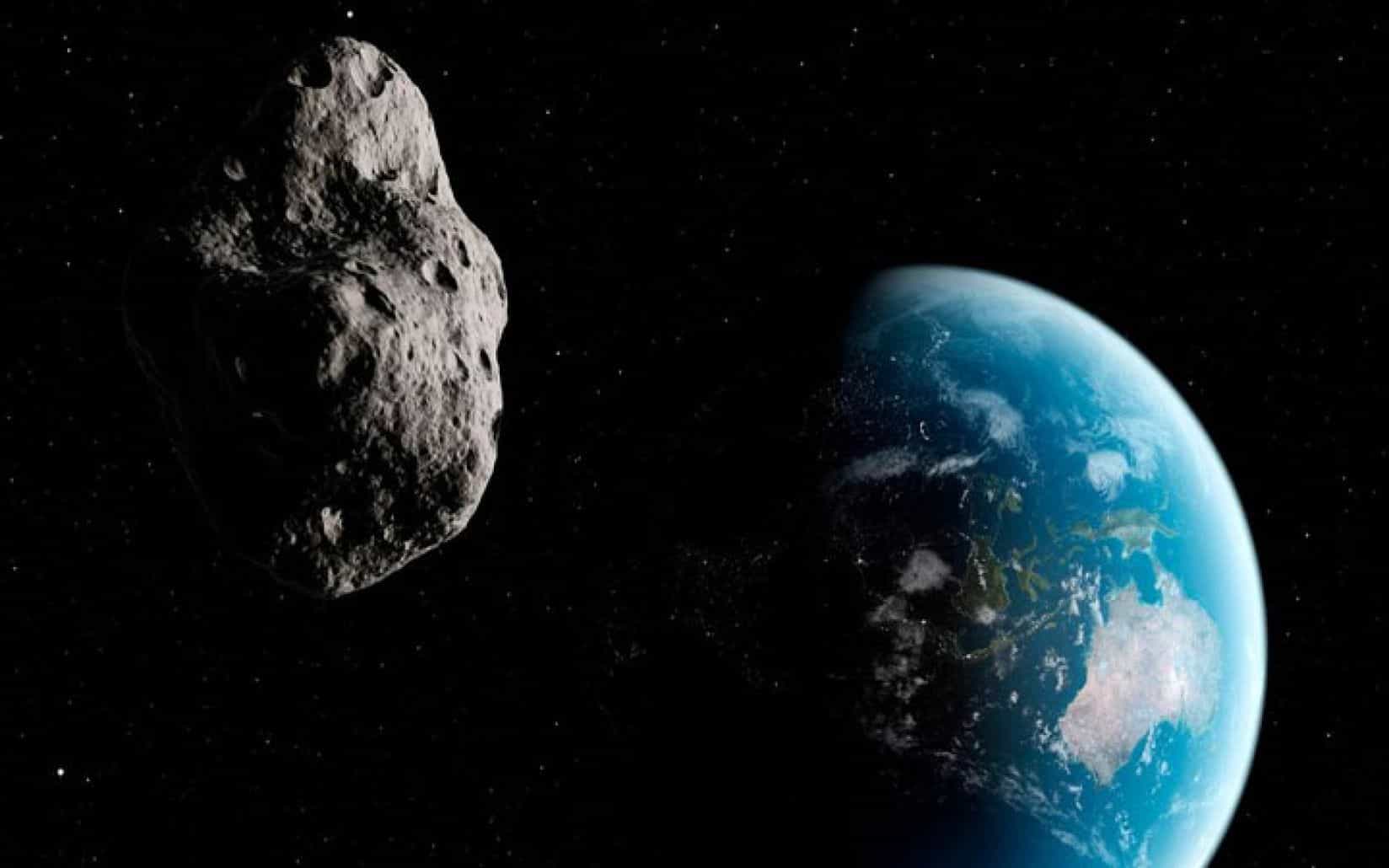
📉 What people think
If you say "asteroid mining" most people would believe that it is, and always will be, science fiction. A few might think it is something for the far-off future.
Even fewer would think asteroid mining could serve as a source of minerals and metals for use on Earth.
To put it short: the misconceptions within this field are huge.
📈 Here are the facts
The real strength of exploiting resources from asteroids would be to provide long-term or deep space missions with “local” resources. In other words, instead of lifting and carrying tons of minerals out in space, the purpose is to use what asteroids have to offer. It would help optimize costs and resource allocations of all space missions. It also makes it possible to build huge structures, such as habitats in space without exploiting natural resources on Earth.
The idea of extracting matter from asteroids, although relatively new, emerged as early as the ’90s. In 1998, Mark J. Sonter detailed and analyzed the feasibility of mining Near Earth Asteroids (NEAs), smaller objects that fly close to the Earth’s orbit on a regular basis, and his conclusions were pretty clear:
- Certain NEAs appear as promising in terms of resource and material proximity and should offer a nice alternative to Earth-launched resources, for instance, for propellant production.
- The technical and economic feasibility of such a mission is close.
Two decades have passed since these conclusions were made, and the first steps towards exploiting asteroids.
In December 2020, a sample collected by the Hayabusa2 spacecraft landed back on Earth. It contained 5,4 grams of grain extracted from the asteroid Ryugu. Alongside the knowledge that should be gained from its analysis, the mission stands as a real technical prowess opening the path for larger-scaled programs.
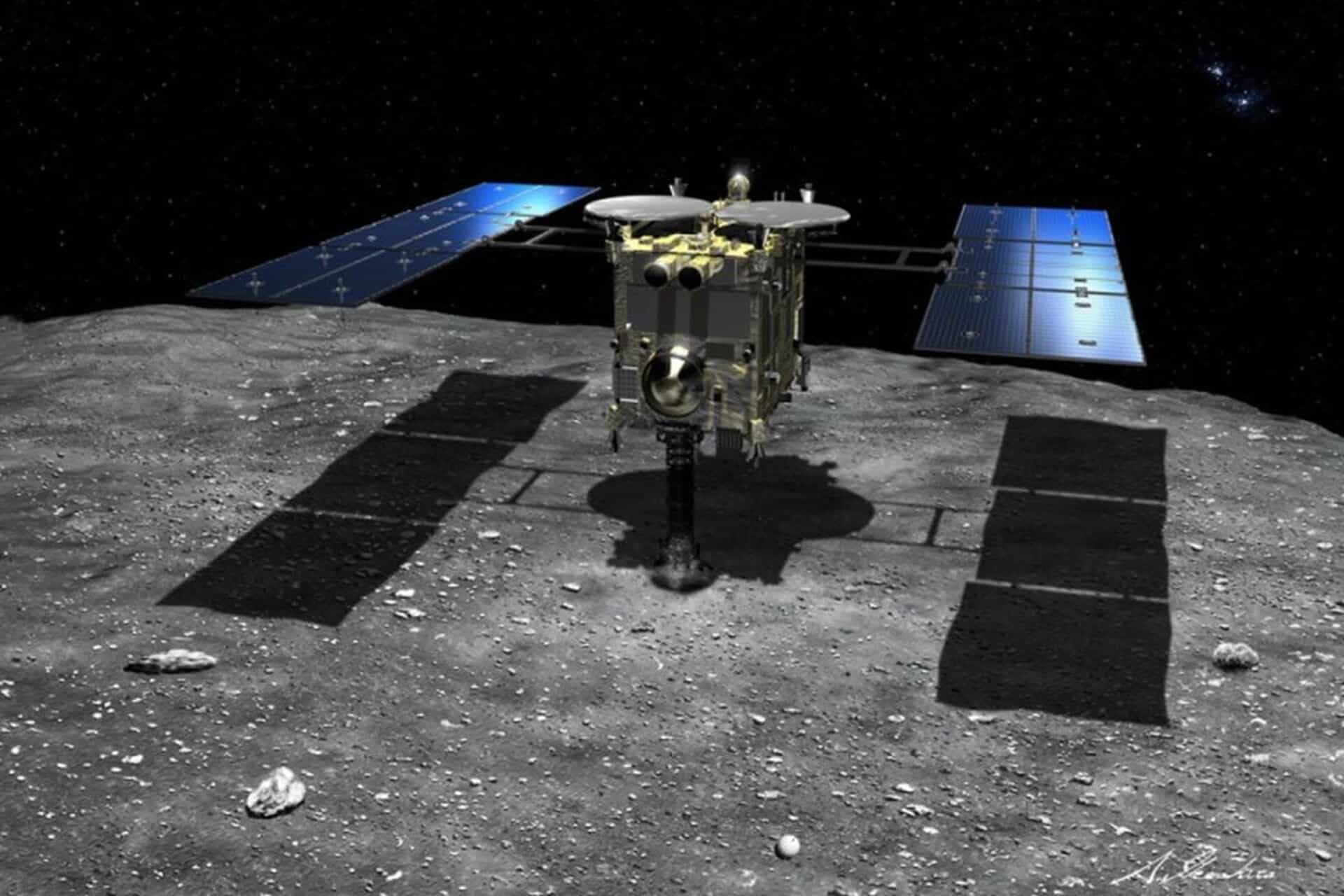
Mark J. Sonters research has also established types of asteroids that would be the ideal targets for exploitation:
- The first factor is a low-delta speed; the less a spacecraft needs to slow down before landing an asteroid, the less propellant it will need. Hence more can be extracted from the NEA and used for other purposes.
- The second factor is travel time; a shorter journey will obviously reduce consumption and cost.
Through the years, a list of promising targets has been drawn based on these factors, as well as the types and potential amount of resources they contain.
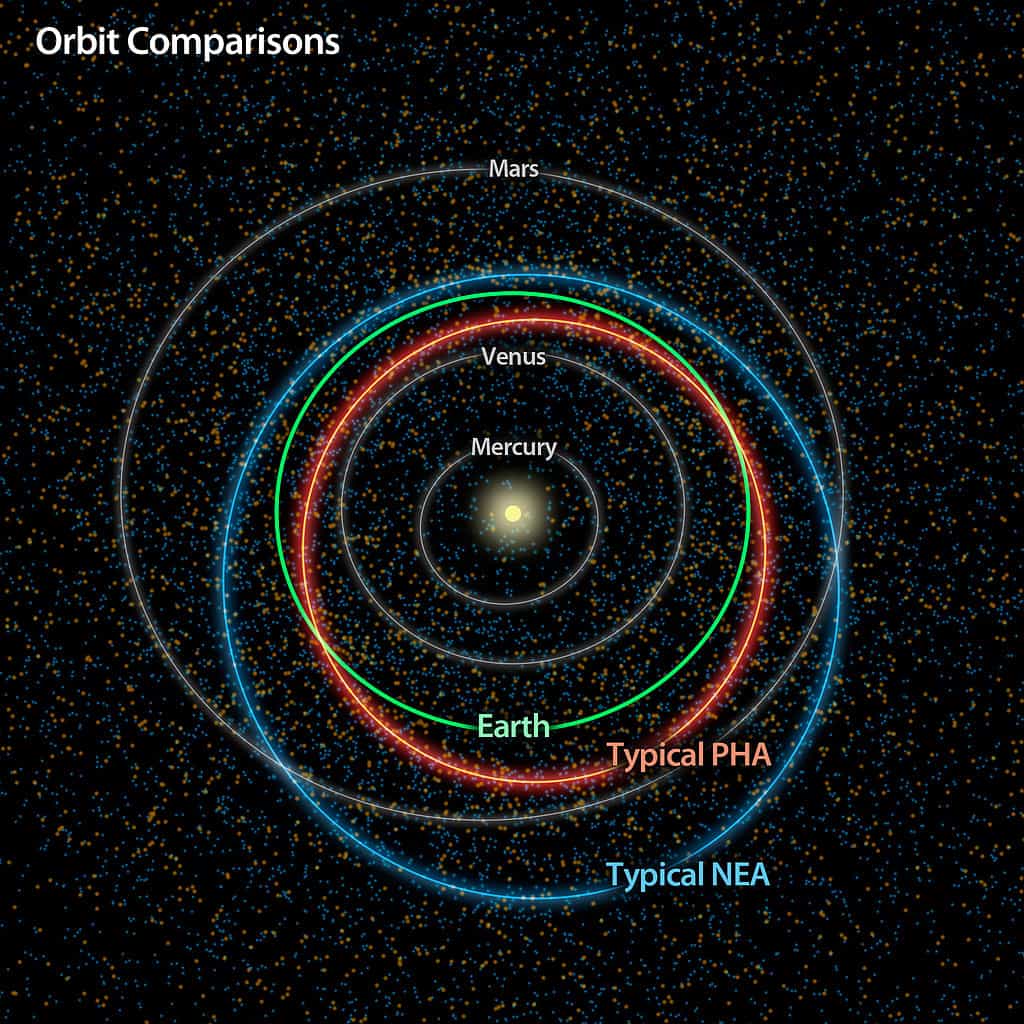
Technological options
As of 2021, Deep Space Industries appears to be the most advanced actor in the field of asteroid mining. Several techniques of extraction have been imagined, depending on the nature of the source and the resource targeted. Gertsch and Gertsch attempted to list potential methods for metal mining. The common idea of each is to separate the matter from the asteroid, with a blast, a cut, or a dig, and capture it using the absence of gravity as pieces fly off the surface.
Kevin Bonsor analyzed the different options for the website How Stuff Works and identified several features that should be implemented:
- Solar-powered to save fuel
- Using grapples to tackle a zero-gravity environment
- Automatized to allow miniaturized equipment
- Transportable to bring to a different location once the asteroid’s resources have been exhausted
However, if the idea is appealing and looks feasible, we must acknowledge that as of 2021, we are not there yet. The cost of the Hayabusa mission is estimated at 16,4 billion yen, which equals about 126 million euros. Quite a price for 5 grams of material. It is nothing but normal that first success shall come at great expense and effort.
With improvements of techniques and optimization of costs, this investment required should drop whilst the benefits should increase.
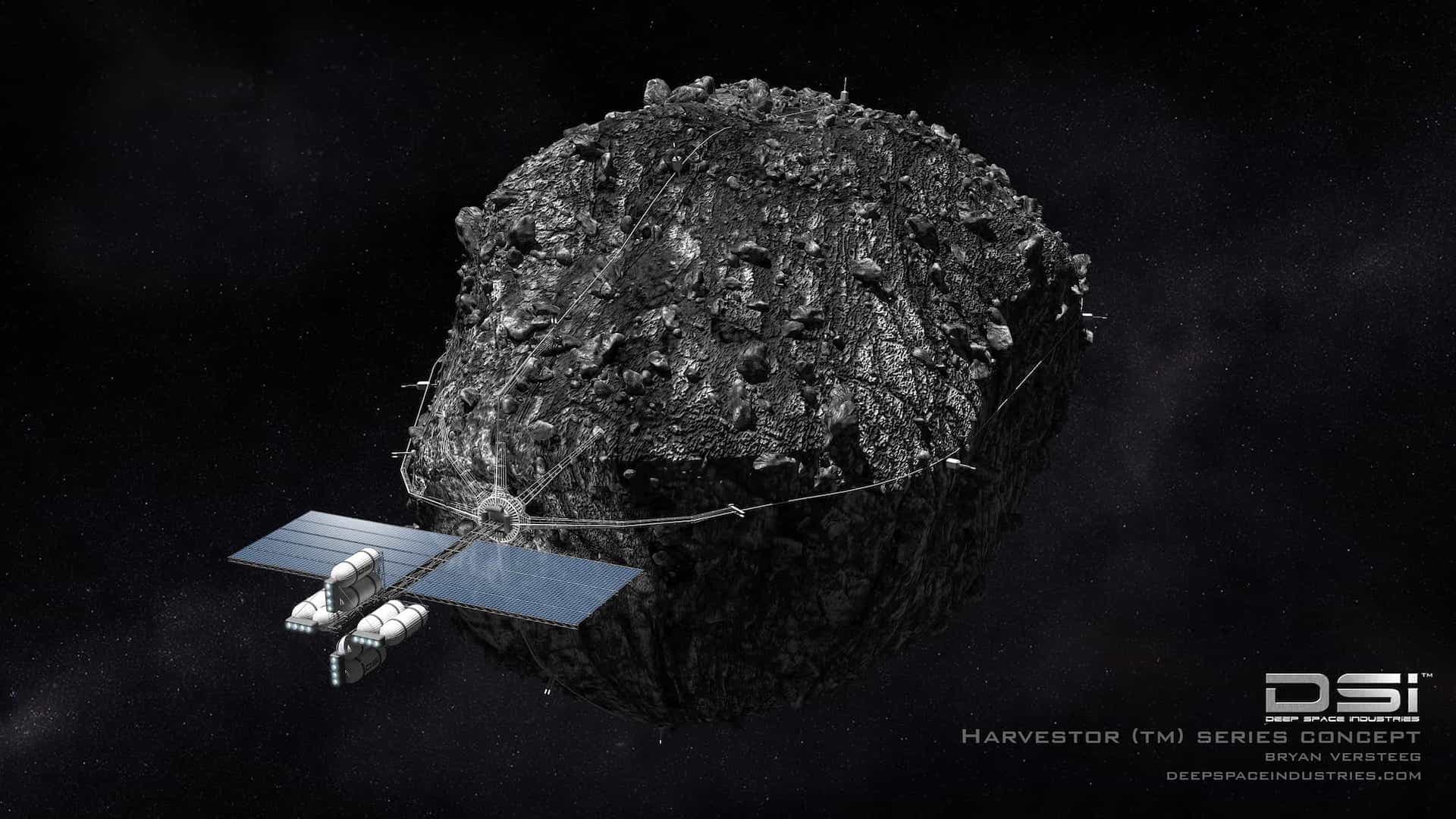
💡 The Optimist’s Edge
If achieved, asteroid mining would provide valuable resources for further and long-term space exploration. What can we expect from it? At least two things.
Reduction of cost
One of the main advantages of asteroid mining would be a significant reduction in costs. With resources obtained, transformed, and used in space, many issues regarding space travel are solved. It avoids launching heavy rockets and allows to give room to other things.
Permanent bases and missions in space would find themselves facilitated. Deep space journeys are more likely to happen because the ability to mine asteroids should be adaptable to other celestial bodies.
As detailed by Calla et al., opting for small spacecraft should also reduce costs and improve the mining capabilities. More recently, Philip T. Metzger suggested that space programs with more activity-based off Earth would be more cost-effective and increase their sustainability. Alongside the economic improvement, the environmental aspect is also to take into consideration.
Positive environmental impact
The environment is a key element. Resources that are not taken from Earth, resources that are not needed to launch, will reduce the footprint of space exploration. Hein et al. have shown how water supplies extracted from asteroids would solve problems related to the viability of a mission. Platinum mining would guarantee the material for building equipment. In either case and significantly more for water, the environmental impact would be valuable.
NEAs could also provide a home for a range of heavy industrial processes and robot-enabled manufacturing. Without gravity, machinery and operating costs could drop significantly compared to the same Earth-based processes.
Thousands and more of resourceful asteroids
John S. Lewis, the author of Mining the Sky, suggests that even small asteroids could contain large quantities of useful matter, either water, mineral, or metal. And the number of asteroids that are detected in our solar system only is constantly increasing, meaning that the resource available seems huge. The potential is hence very promising.
Overall, it is hard to perfectly evaluate the outcome of asteroid mining. Technologies developed would surely have potential on Earth as well. And the ideas, the possibilities exist. But in theory, everything is always easy. The hard part is to act. This is the next mission, and all seems to be on the right track.
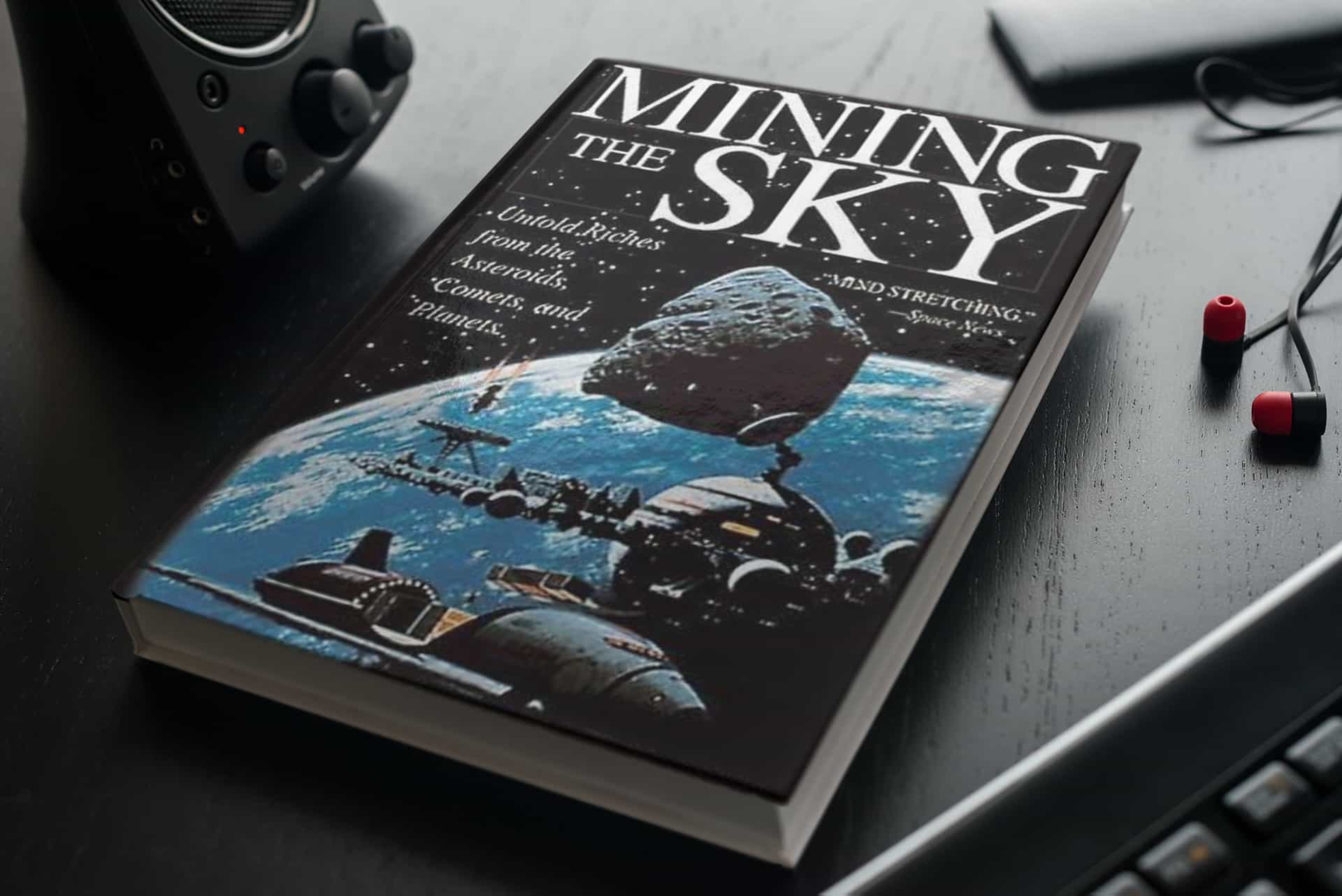
👇 How to get Optimist's Edge
According to recent estimations, thanks to the amount of resources contained per asteroid and the large number of NEAs present just in our solar system, the economic value of asteroid mining reaches figures with up to 18 zeros.
However, despite exciting prospects and projects announced by Deep Space Industries or Planetary Resources, asteroid mining has yet to make the jump. Until now, only national or international agencies have had the financial ability to fund research missions, and their costs were gigantic.
So what can you do about it?
- Support research. Organizations like the Planetary Society or Space Ventures Investors welcome donations to support multiple projects related to space, including asteroids.
- Invest in companies directly. For instance, the Asteroid Mining Corporation accepts investment from privateers.
Eventually, talk about asteroid mining, raise awareness. As long as the topic remains a niche industry, its cost will continue to be unaffordable. A significant burst of attractivity should result in a drop in expenses.
The Warp Institute, via the Warp Space Program, works for this purpose. Support us and, read more about Beyond Atlas – the world's first private mission to an asteroid.
You now have an edge because you have gained this knowledge before most others – what will you do with your Optimist's Edge?
❓ What more can you do?
Please share more ideas with your fellow Premium Supporters in our Facebook group.
By becoming a premium supporter, you help in the creation and sharing of fact-based optimistic news all over the world.


